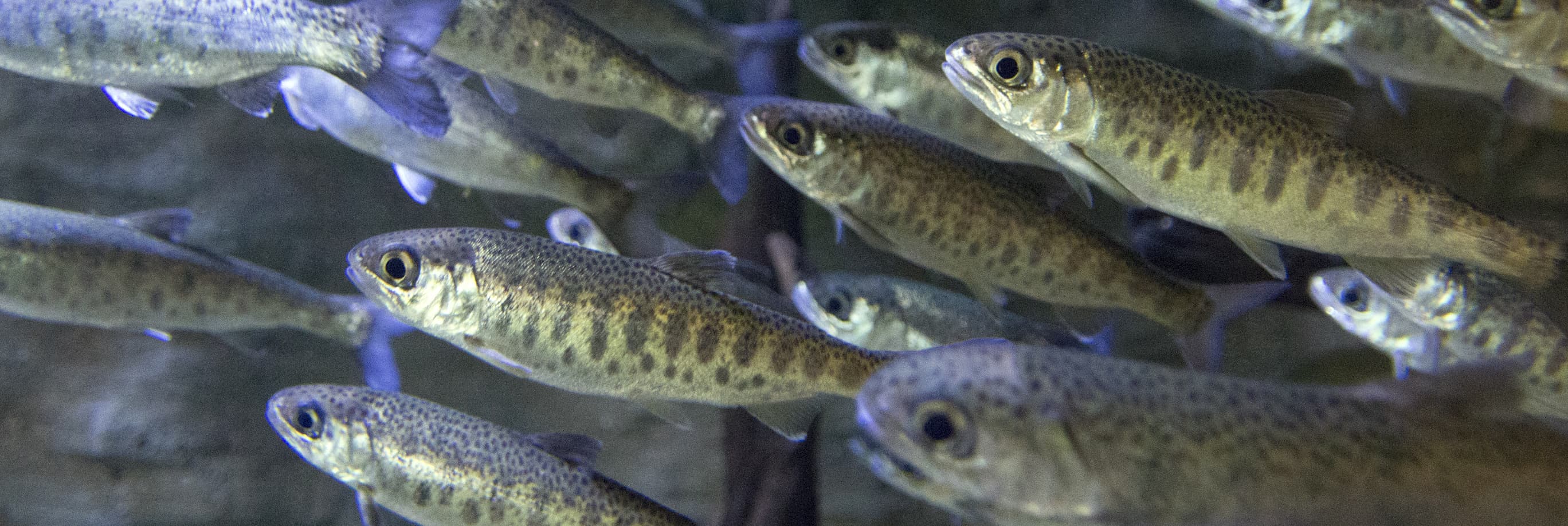
Protecting Fish and Fish Ecosystems in British Columbia
Indigenous communities in north-central British Columbia rely on and place cultural value in fresh, clean and plentiful water sources. Centerra’s Mount Milligan Mine overlaps with two major biogeoclimatic zones, and the site is in an area with fish-bearing streams and lakes.
Aquatic Ecosystem Protection
At Mount Milligan, a Fish Habitat Compensation Plan was developed through consultation with regulators, Indigenous groups, fisheries, biologists, environmental engineers and forestry professionals.
The plan was developed to protect the watersheds, breeding grounds, and migration routes of local species of fish. In 2015, Mount Milligan won the Jake McDonald Jade Award at the annual BC Technical and Research Committee on Reclamation (TRCR) Symposium.
Mount Milligan’s Two-Phase Plan
Mount Milligan’s plan is composed of two parts: an impact assessment on fish from the mine, excluding the TSF, and an impact assessment specifically on the fish habitat inside the TSF.
As part of the plan, compensatory works were built between 2011 and 2017 and have been monitored since 2013. These works included:
- The enhancement of rearing habitat in Rainbow Creek through added complexity in the form of large woody debris and boulder structures;
- The construction of three ponds (Upper Rainbow Pond, Lower Rainbow Pond and Powerline Meadow Pond) to create overwintering habitat and additional rearing opportunities;
- The restoration and improvement of fish passage and trout spawning opportunities in the unnamed creek that connects Rainbow Creek and Powerline Meadow Pond; and
- The restoration of fish habitat in the Philip and Munro watersheds through the replacement of culverts with bridges.